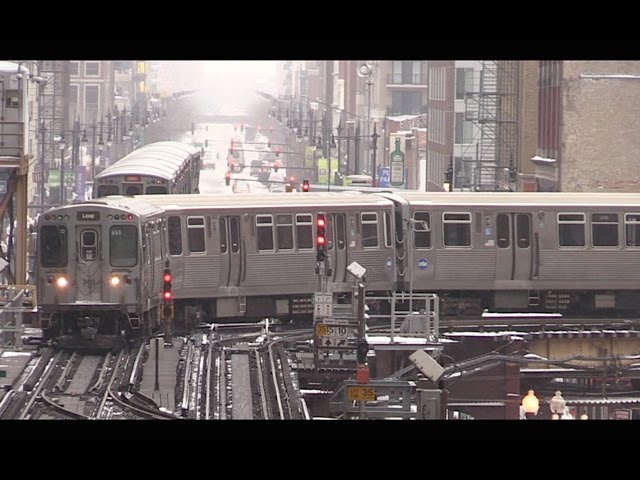A Comprehensive Overview of Chicago Trains

Introduction
Chicago trains play a vital role in the daily commute of millions of residents and visitors in the vibrant Windy City. With a well-established network that spans across the city and surrounding suburbs, the train system is an essential component of public transportation in Chicago. As the city continues to grow and evolve, the importance of maintaining and upgrading this infrastructure has never been more apparent.
Current State of Chicago Trains
Operated primarily by the Chicago Transit Authority (CTA) and Metra, the train services in Chicago include both the rapid transit system known as the ‘L’ and suburban commuter trains. Recent reports indicate that the CTA has been experiencing a steady recovery in ridership after the decline during the COVID-19 pandemic. In September 2023, ridership on the CTA reached approximately 70% of pre-pandemic levels, with over 1.1 million passengers using the service daily.
Furthermore, Metra recently announced plans to upgrade several lines with modern signalling technology to improve safety and efficiency. This investment is part of a broader initiative aimed at enhancing the overall commuter experience, which includes modernising facilities and expanding service times.
Challenges Faced
Despite the optimistic outlook, Chicago trains face numerous challenges. Frequent delays and overcrowding continue to be significant concerns for commuters. According to a recent survey conducted by the CTA, around 60% of riders reported dissatisfaction with the frequency and reliability of train schedules. Additionally, infrastructure issues, such as outdated tracks and equipment, pose risks to timely services.
The Future of Chicago Trains
Looking ahead, city officials and transportation experts are eyeing several potential upgrades to the train systems. Enhanced routes and the introduction of new train cars, as indicated in the latest city budget proposals for 2024, aim to accommodate growing ridership numbers and improve service reliability. Furthermore, plans to incorporate eco-friendly trains into the fleet are gaining traction, as part of Chicago’s commitment to sustainability and reducing carbon emissions.
Conclusion
In summary, Chicago trains remain a fundamental aspect of the city’s public transportation landscape, serving a critical function in urban mobility. While there are challenges to overcome, the ongoing investments and initiatives signal a proactive stance towards improving the system. As developments unfold, the residents of Chicago can look forward to a more efficient and reliable train service that continues to connect communities and support the vibrant life of this metropolis.









